Brand advocates are an integral part of any brand today. They recommend your products by word-of-mouth to their friends, family, and even strangers on social media. Consider that 43% of people turn to social media to discover new products – according to Sprout Social’s 2021 report. That’s free brand marketing to a potential 295 million people in the U.S. alone.
But what exactly is brand advocacy? And how can you use it to your advantage? This blog post will answer those questions and provide five ways to encourage brand advocacy among your existing customers.
What is Brand Advocacy?
Brand advocacy is a term used to describe actions taken by people who love your products and continuously support your brand by promoting it to friends-without incentive.
Some examples of brand advocacy include:
- Sharing a positive post about your brand on social media
- Recommending your product to their friends
- Writing an honest review of your business on their personal blog after receiving great service from your team
The results of these efforts from brand advocates often include increased sales, improved brand perception, and better brand loyalty from customers.
How to Build Brand Advocacy: 5 Noteworthy Strategies
If you have people talking about your brand in the right way to their friends and family or on social media, it can help boost sales. Here are five ways you can encourage customers to become loyal advocates for your brand.
1. Emphasize Brand Characteristics That Current Advocates Love
When you emphasize the characteristics which made your current advocates fall in love with your brand in your marketing materials, you’re likely to attract the same kind of customers (your best customers). Current advocates will also find it easier to share your brand resources because these are the features they already love and want to share with other potential customers.
Start by asking your current brand advocates about their favorite brand characteristics and product features. Here’s how:
- First, find your brand advocates by looking for brand mentions with tools like BrandWatch and Brand24.
- Next, create questionnaires with a tool like Jotform or even Google forms. Alternatively, have someone on the team speak to them on a call to make them feel special. You could ask questions like:
- If you were describing our products to a friend, how would you do it?
- What comes to mind when you think of our brand?
- How would you describe our brand in three words?
Once you’ve collected that info, home in on recurring themes and use those to inform your marketing copy.
2. Offer Referral Incentives That Meet Multiple Consumer Needs
Referral incentives are a key part of building a brand advocacy program because they give advocates added motivation to promote your brand. In fact, according to PowerReviews, 73% of people say they’ll review a product or service when they receive an incentive. However, you may need to go beyond the regular discounts, coupons, and exclusive deals and offer more choices instead.
Weight Watchers, for example, offers three tiers of creative rewards from key chains in Tier 1 to Bluetooth speakers in Tier 3 to incentive referrals.
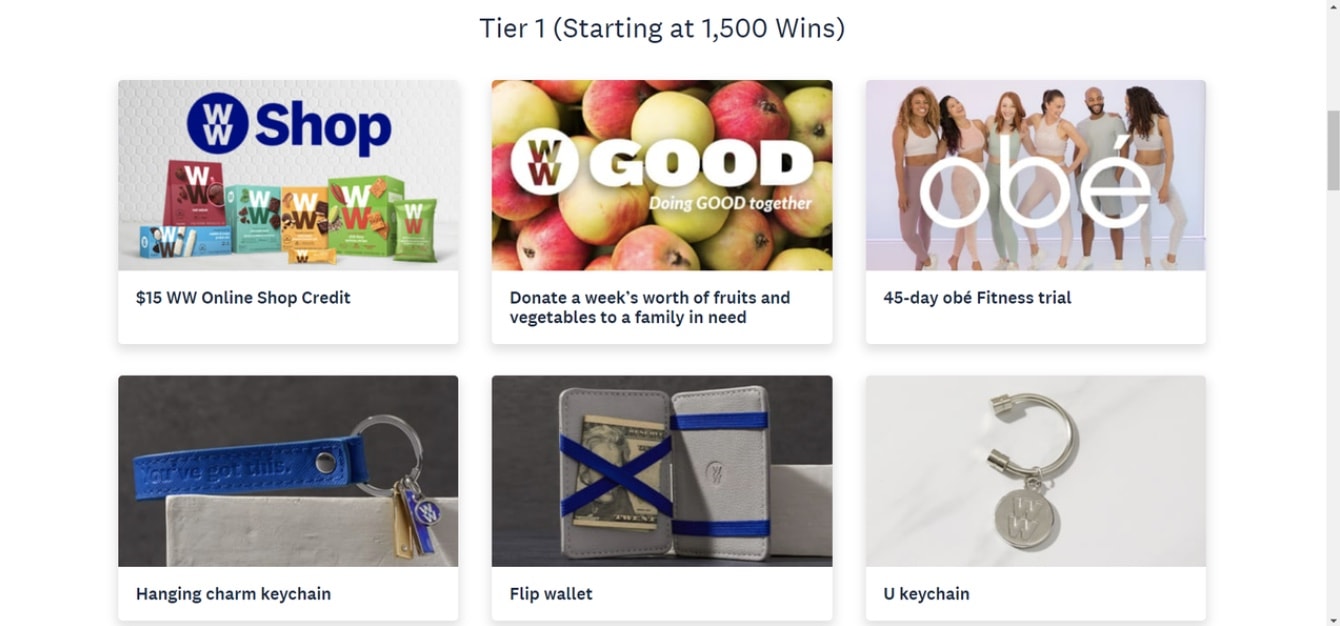
source: Weight Watchers
Consider what appeals to your customer demographics to find the perfect referral incentives for your company. If you run a baby crib brand, for example, your audience is all young parents who’ll likely appreciate diaper supplies, baby sunscreen, a subscription to a meditation app, or a parenting magazine, etc.

Extend Your Brand Reach With Influencer Advocates
Let your influencers create new customers. Learn how to access their followers and drive customer-led growth.
Get the Guide3. Get Creative With Your Social Media Engagement
Social media engagement helps build brand advocacy and brand awareness because it humanizes your brand. In fact, in a 2019 UK survey, Attest found that 25% of people follow brands on social media specifically for interesting/entertaining content.
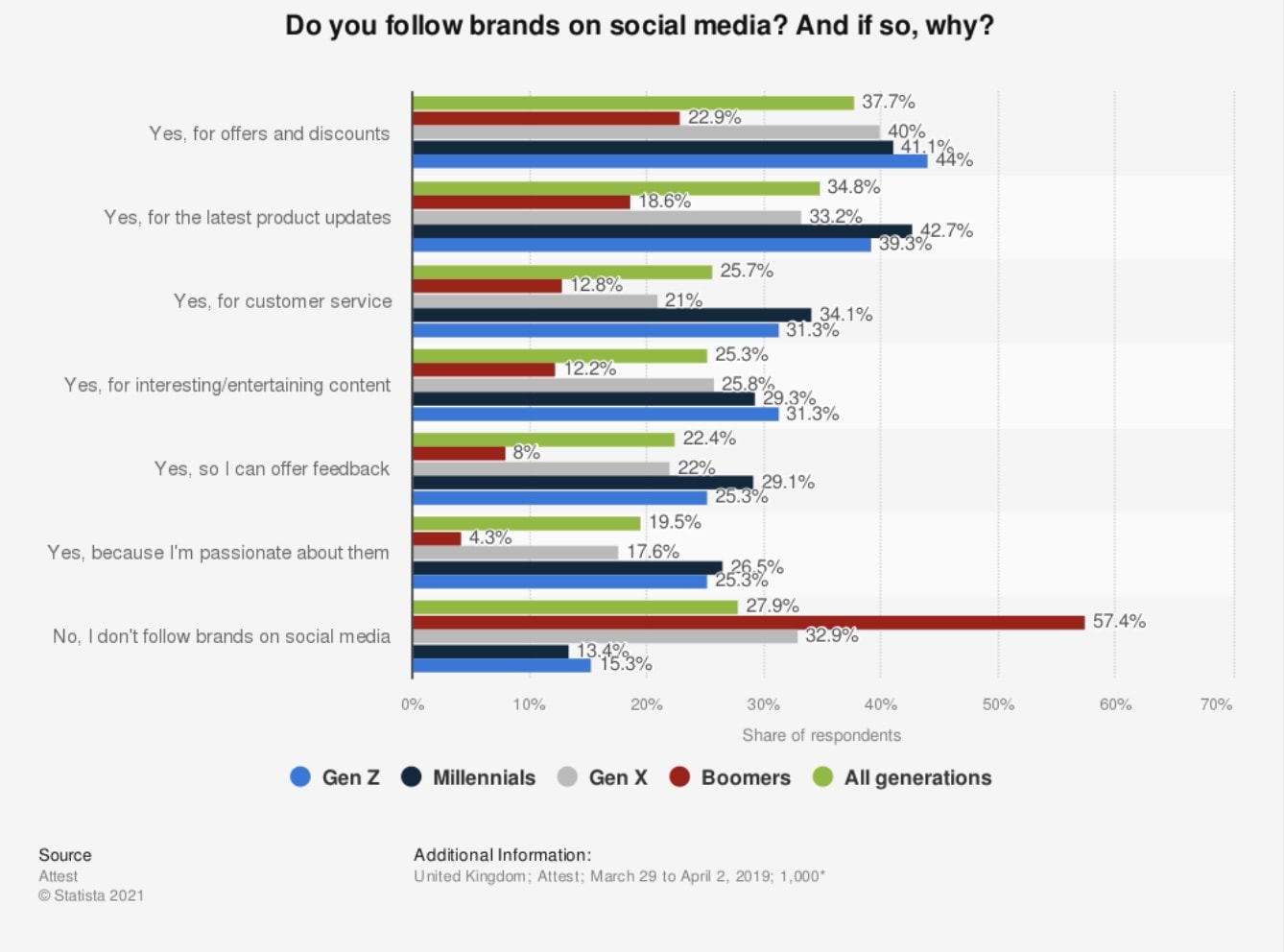
In order to attract more brand advocates, consider engaging your audience in creative ways that don’t feel like an advertisement for your brand.
For example, frozen meat brand Steak-umm often shares witty and entertaining tweets on social media. Here’s a screenshot of their latest tweet for Thanksgiving showing their creativity and some of the replies as proof of results
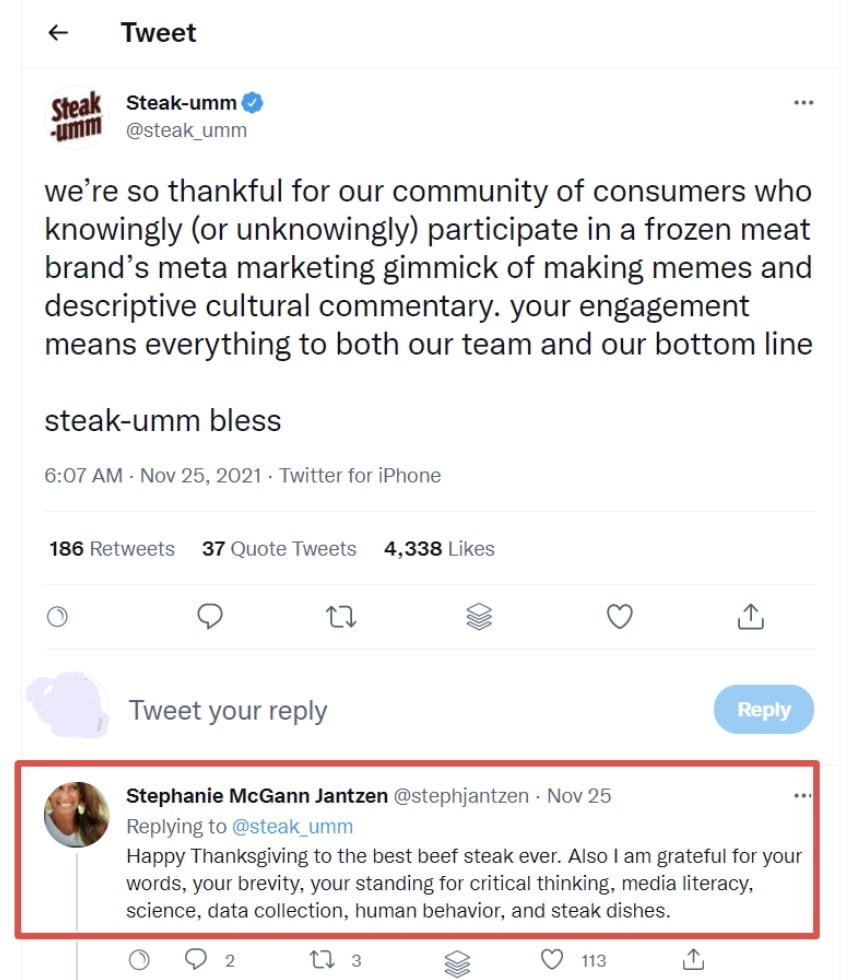
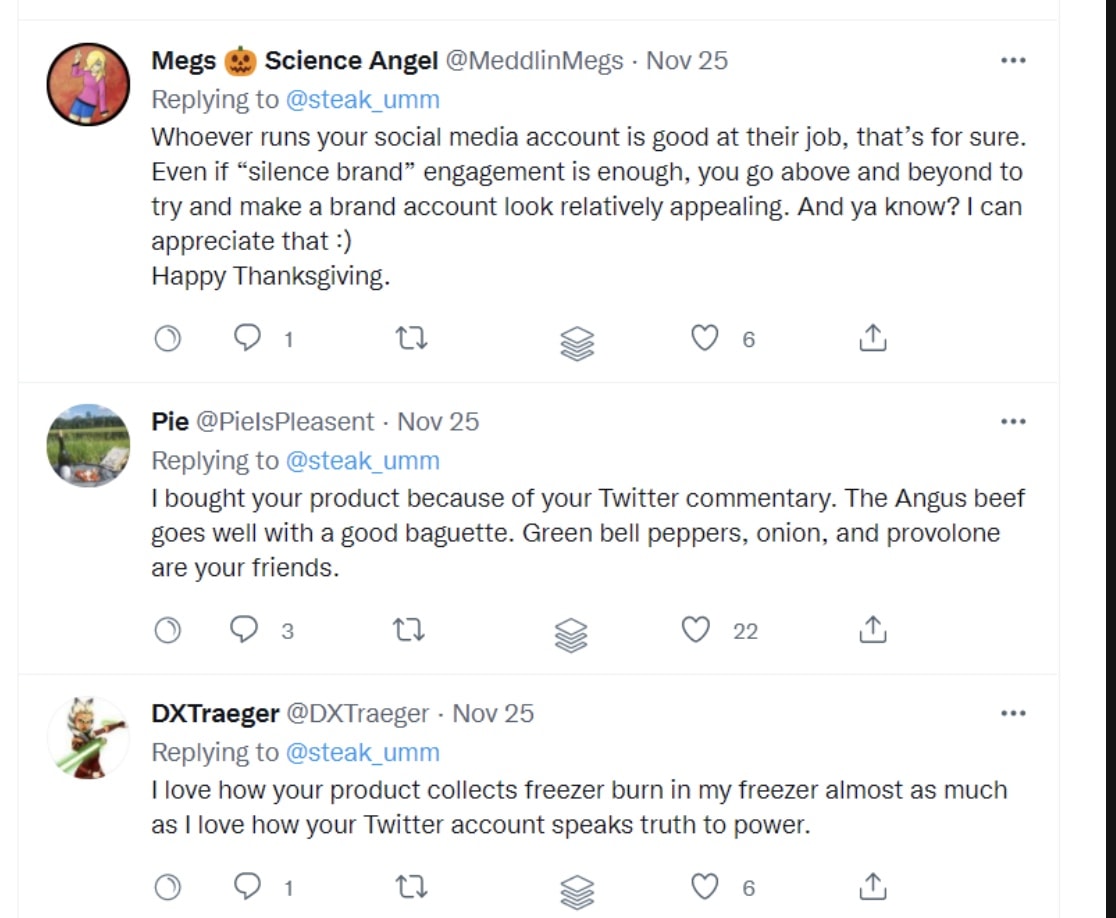
4. Include Brand Advocates in Your Promotions
Current brand advocates are loyal customers who’re already excited about your brand. Leverage that natural excitement to drive brand awareness and win more advocates. Including advocates in promotions is also a great way to show customers you value them and want them involved in your processes.
Some ways to involve brand advocates in promotions include:
- Hosting giveaways where current customers enter by sharing their stories online or tagging friends in photo posts, just like Missguided does here.
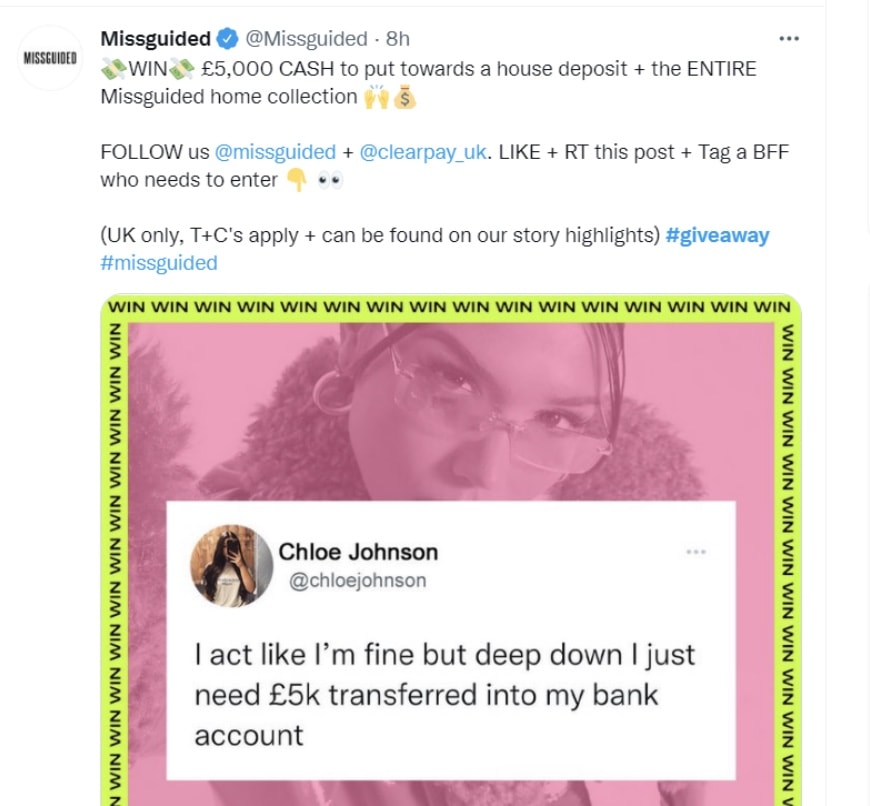
- Collecting and using stories from brand advocates in your advertising material, especially if they’re already an influencer. Retweets like Starbucks does in their Pumpkin Spice Latte campaign count too. And don’t forget to reward them.
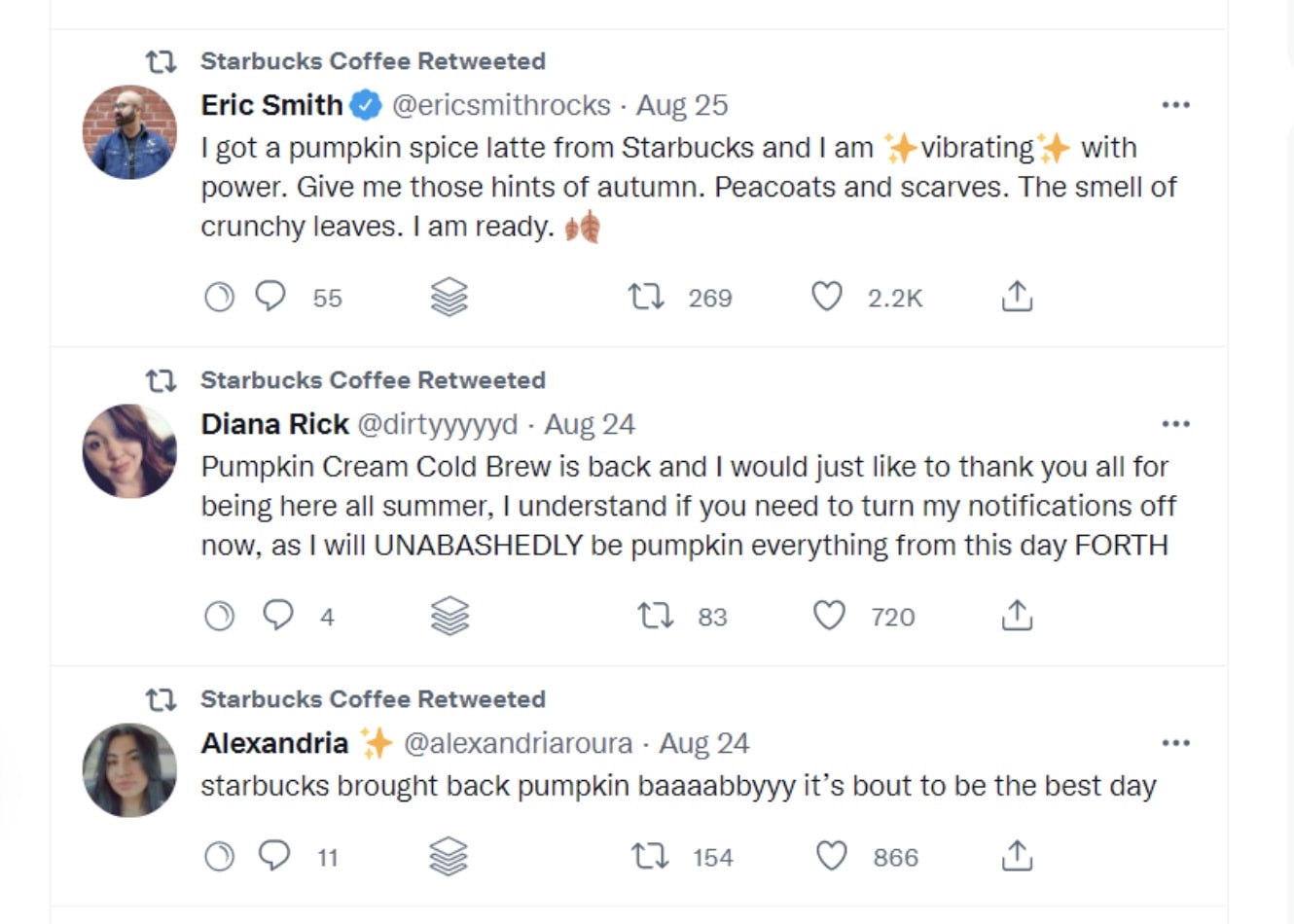
5. Use Consumer Data to Create More Personalized Experiences
In a Consumer Brand Experiences report, Google found that 61% of customers expect tailored experiences from their brands.
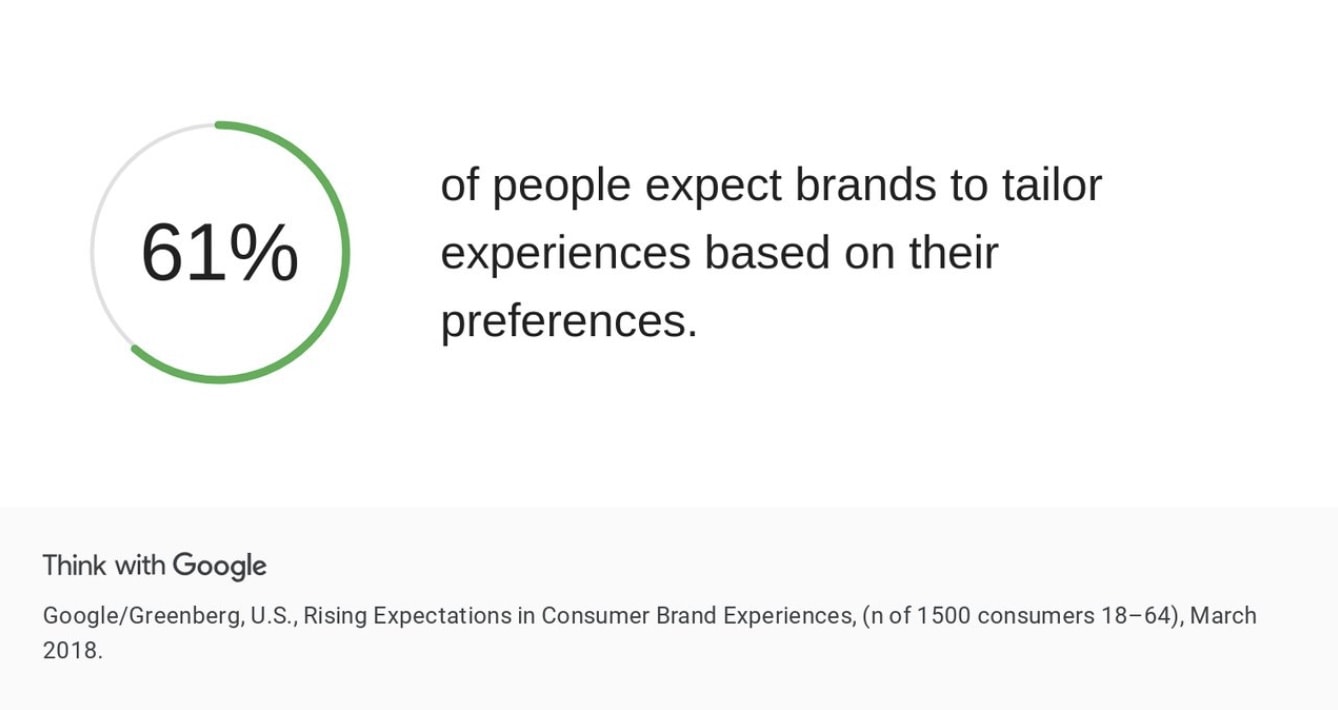
source: Think With Google
Personalized customer experiences help your company gain customer trust, establish stronger relationships with customers, and build brand loyalty. Consumer data is a key part of building brand advocacy because it allows your company to easily personalize customer experiences.
In order to create more personalized experiences for customers, consider using the data you already have on file from past purchases and interactions with current advocates as well as potential new customers. Look at customer behavior data in Google Analytics, and observe qualitative data with customer experience tools like Hotjar as well.
Consider using customer service surveys or questionnaires as an opportunity for advocates to suggest new features they would like added to your product. You can also use consumer data with messaging tools that automatically send personalized messages. Customers will appreciate this show of customer advocacy and love your brand for it.
Leverage Brand Advocates To Gain More Advocates and Customers
Your current brand advocates are a valuable asset. They’ve already spent time and money on your product, so they have an emotional stake in the success of the company as well as their own personal interest in sharing it with others. This means you can supercharge those passionate fans into drivers for more sales by giving them incentives or rewards for referring friends.
Extole helps companies set up referral marketing programs, where customers earn points for referring people who buy products through their website. Sign up for a demo to get started!



